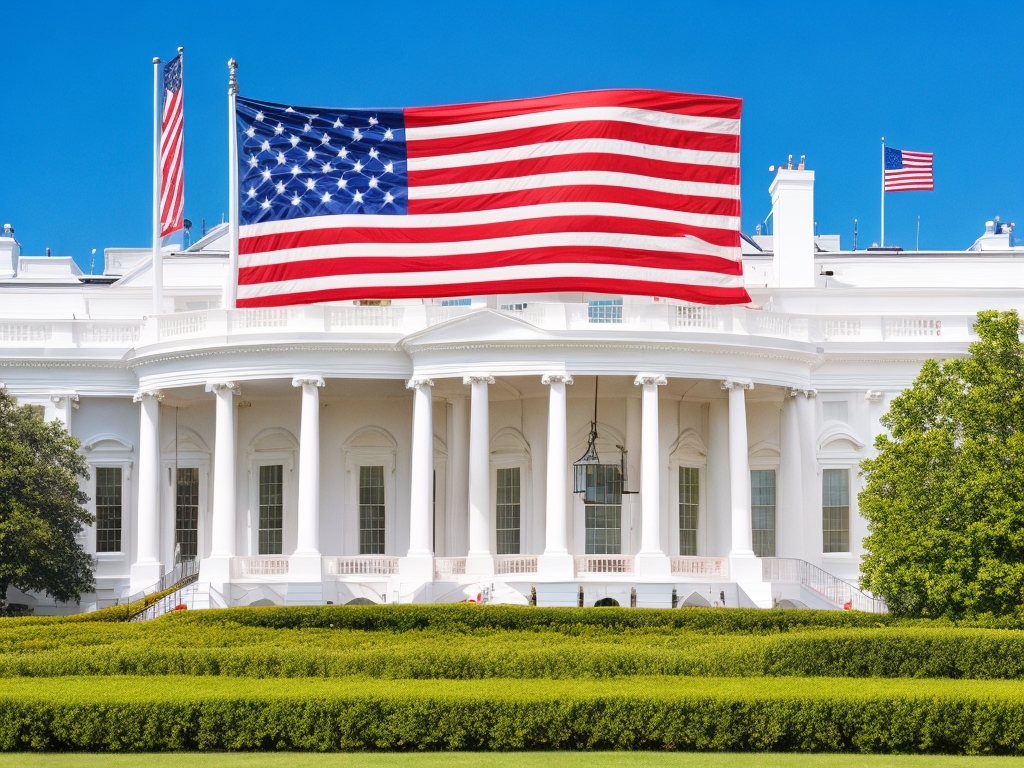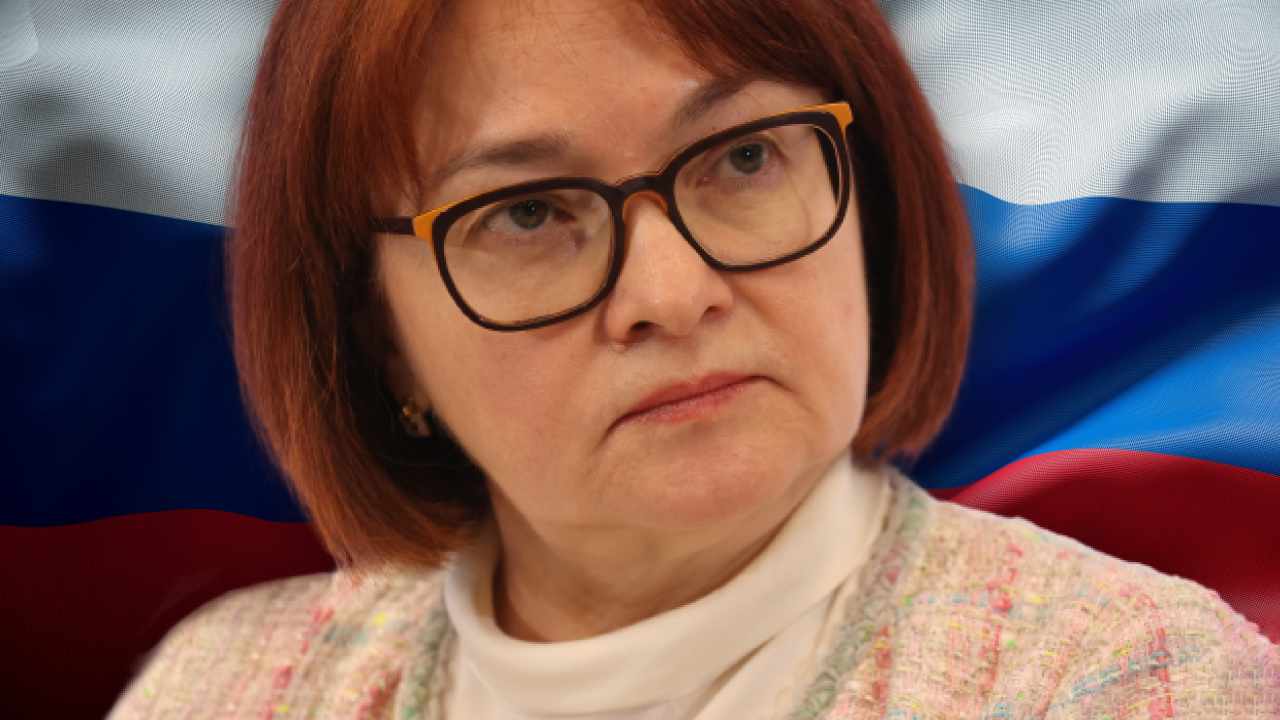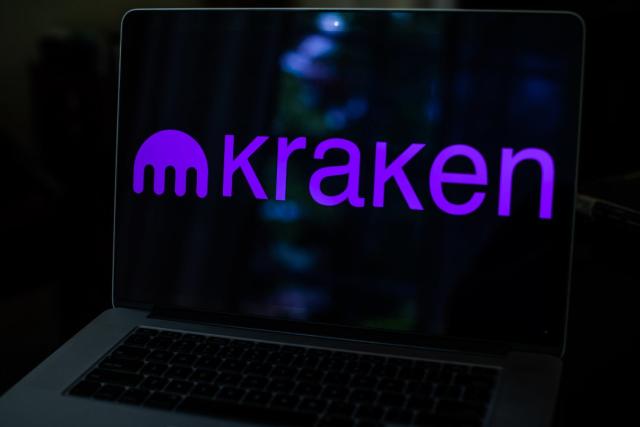According to the White House, US policy does not require allies to choose between the US and other nations, including the BRICS bloc. According to Press Secretary Karine Jean-Pierre, the United States does not seek to restrict partnerships between nations. Over 40 nations have indicated interest in joining the BRICS organization, and over 70 leaders have been invited to the summit of the economic bloc in August.
US Partners’ Interest in Joining BRICS, According to the White House
During a press conference on Monday, a question concerning American allies wanting membership in the BRICS economic grouping was posed to House Press Secretary Karine Jean-Pierre. The BRICS nations are South Africa, Brazil, Russia, India, and China.
“The United States’ two allies, Algeria and Egypt, have asked to join the BRICS, which is sort of a non-alignment movement that opposes, sort of, Western hegemony. So what are your thoughts on this new development? She was questioned, “Do you welcome this?”
Asserting that nations ought to “speak on their own about their diplomatic engagement,” Jean-Pierre said, “We lead in our engagement with an affirmative agenda focused on demonstrating the benefits of our governance and economic models.” Added the White House press secretary:
U.S. policy does not demand that our allies choose between us and other nations. We have reiterated several times that the United States does not seek to restrict countries’ partnerships with other nations. However, we also want nations to have options for how to serve their inhabitants.
As more countries want to dedollarize, interest in the BRICS economic union has risen dramatically, with over 40 countries eager in joining. 22 nations have formally applied, according to the ambassador in charge of BRICS relations in South Africa.
All of the African heads of state and the leaders of the main organizations from the Global South have received invitations from South Africa, which is hosting the BRICS summit this year. Even though French President Emmanuel Macron had indicated a desire to attend the meeting, no invitations have been given to the leaders of Western nations, including France.











